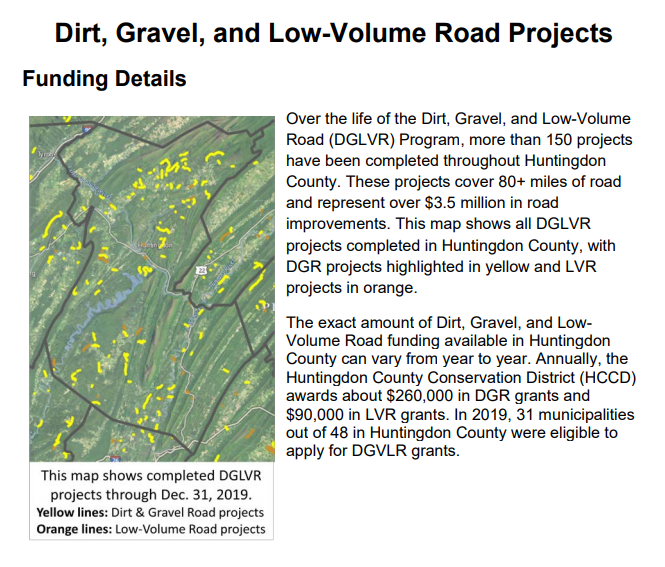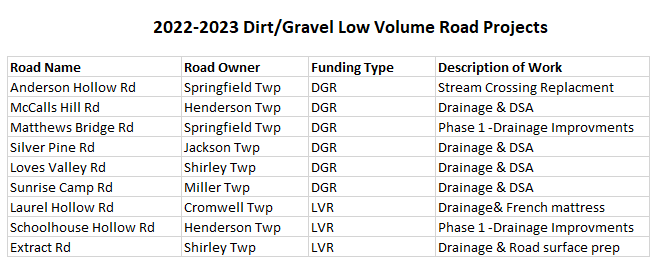

https://www.youtube.com/playlist?list=PLAhlPGTUodwVqSB16Vm4TfaZjdQqYloE1
What Makes a Good Project
The DGLVR Program has two main goals: to improve local roads and to improve water quality. These go hand-in-hand because roads have a huge impact on our water. They cut across our landscapes and catch rainwater before it reaches our streams and lakes. Stormwater can cause significant erosion on roads by washing out road surfaces, ditches, and pipes if the roads do not drain properly. Roads can also degrade water quality if stormwater carries too much road material into our streams and lakes. We can protect both our roads and water with Environmentally Sensitive Road Maintenance (ESM) practices, which focus on proper road drainage to get stormwater off roads quickly without washing away or eroding the road.
Good DGLVR projects fix water and erosion problems on roads that drain to streams, lakes, ponds, wetlands, and other water bodies.
Example road drainage problems include (but are not limited to):
- water running down the surface of a road instead of in the ditches
- roadside ditches becoming deeper and larger over time because they get washed out
- not having enough outlets for stormwater to leave roadside ditches (either pipes or ditch turnouts)
- groundwater seeps on roads, roadside ditches, and/or road banks
- flooding and/or wash-out problems with stream culverts
Potential solutions to road drainage issues include (but are not limited to):
- Reshaping road surfaces to encourage water to flow off the road
- Cleaning out, reshaping, and stabilizing roadside ditches
- Installing more cross pipes
- Installing larger cross pipes
- Managing groundwater seeps with underdrain or French mattresses
- Installing larger, wider culverts where streams cross under roads
Click here to see examples of these in before and after pictures of past DGLVR projects.
To learn more about how to improve road drainage, attend the Penn State Center for Dirt and Gravel Road Studies’ Environmentally Sensitive Maintenance (ESM) training. This is the same training public road-owning entities must attend to be eligible to apply for DGLVR grants. Information on the ESM training is available here.
Additional Resources
- To explore an interactive map of DGR and LVR projects in Huntingdon County, click here
- At the top of the screen, click the arrow at the right-hand side of the “My County” box and click on “Huntingdon”
- On the left side of the screen is a box called “Layers”. Click the box next to each layer to add and remove it from the map. You must turn on the “Dirt and Gravel Sites” and “Low Volume Sites” layers to see where completed projects are.
- To see the road name and municipality of a project, use the “identify” tool.
- Along the top left of the screen, there is a blue circle with a white “i” in it. Click on this icon to activate the identify tool, and then click on the site you wish to identify. Information about that site will pop up in a new box.
Additional instructions on how to use this mapper are available online here
The following video explains how roads impact streams and some ways to reduce these impacts:

